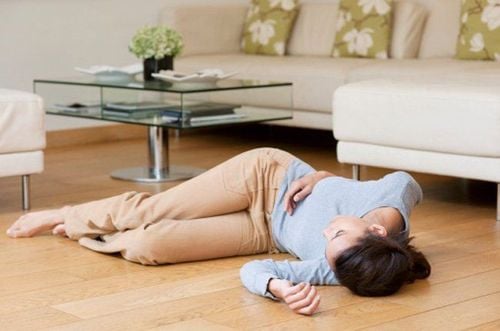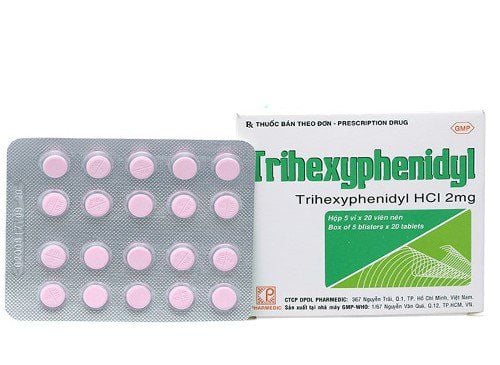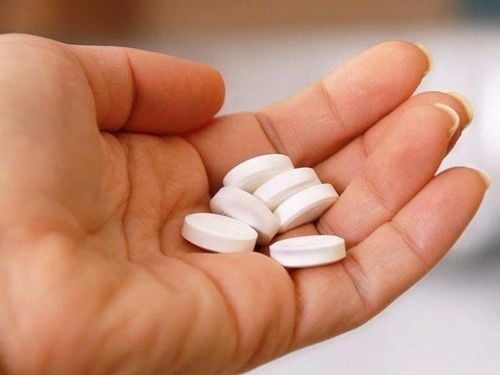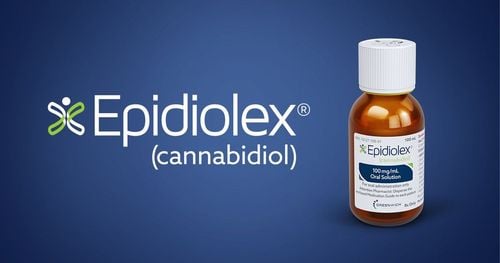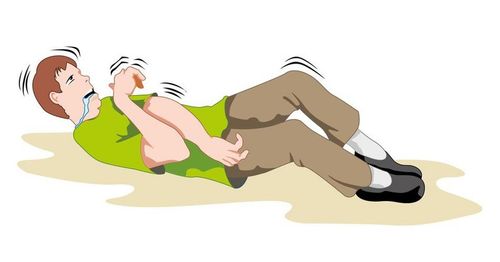This is an automatically translated article.
The article is professionally consulted by Master, Doctor Truong Thanh Tam - Pediatrician - Pediatrics - Neonatology Department, Vinmec Danang International General HospitalEpilepsy is a state of brain damage characterized by repeated paroxysmal discharges into the rhythm of brain cells manifested by: paroxysmal motor (convulsions of extremities, muscle convulsions), sensory, sensory and mental states of a repetitive nature and with or without short-term loss of consciousness or altered state of consciousness.
1. Causes of epilepsy in children
Due to factors occurring before birth, during birth and after birth that cause brain damage in children include:Maternal trauma during pregnancy. The mother had severe lead poisoning during pregnancy. Fetal skull stenosis. Premature birth less than 37 weeks. Birth weight less than 2,500g Asphyxia at birth. Obstetric interventions: using forceps, suction, and delivery. Cerebral nuclei jaundice: early neonatal jaundice (days 1-3) accompanied by neurological signs such as abortion, cyanosis, convulsions, coma. Severe postpartum hypoglycemia accompanied by severe respiratory failure. Bleeding in the brain - meninges. Nerve infections: encephalitis, meningitis. Severe respiratory failure of various etiologies. Traumatic brain injury Progressive metabolic disease. Unknown cause: many cases of epilepsy have no obvious cause.
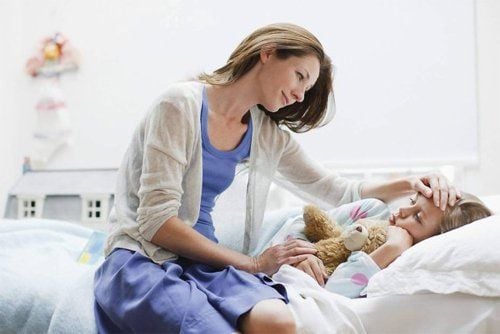
2. Types of epilepsy in children
2.1 Generalized epileptic seizures Absence of consciousness: is a disturbance or loss of consciousness that occurs in a short period of time (immobility, blurred vision, interruption of activities that the child is doing). There may be absence of consciousness with convulsions (slight twitching of eyelid muscles, mouth), with postural atony (child flexes head and trunk), with hypertonia (child tilts head and back, eyes inverted). requirements), with the phenomenon of automatic repetition of normal movements, together with vegetative factors, causes vasomotor disorders, respiratory changes, pupil dilation, bedwetting. Myoclonic jerks: are short, lightning-like, symmetrical bilateral muscle jerking movements that cause a child to fall without any disturbance of consciousness. Convulsion: the child suddenly convulses on both sides of the body proportionately with a slow speed, different duration of oscillation. Common with high fever. Hypertonic episodes: muscle spasms, without muscle tremors, lasting from a few seconds to 1 minute, or with disturbances of consciousness and autonomic disturbances. Atony: episodes of loss or decrease in tone. If the time is very short, it will only cause the phenomenon of folding or lowering the head first. If the time is longer, the child falls to the ground in a state of completely flaccid muscles. Spastic - convulsion (major seizure): at first, the child loses consciousness, muscle spasms, then gradually subsides, accompanied by autonomic disturbances (tachycardia, increased blood pressure, dilated pupils, blushing). may bite the tongue. Then there is sudden bilateral muscle twitching, which may stop breathing. The post-clinical phase lasts a few minutes to several hours (child immobilized, reduced muscle strength, cloudy consciousness, complete muscle relaxation, possible bed-wetting, gasping for breath, increased sputum production, improved consciousness). gradual improvement), headache, body pain. 2.2 Partial seizures Simple motor seizures : Convulsions of fingers, toes, half of face, half of body but without loss of consciousness. Or he turns his eyes, head, body and hands up like he's looking at his fist. Or the child has lost pronunciation, cannot speak. Simple partial sensory, sensory: Sensory disturbances on the opposite side (ants crawling, pins and needles, pain like electric shock). The child may have hallucinations (dim light, rays, points of light, stars) or not see (participation, blindness). Children have a feeling of ringing in the ears or whistling. Children can smell very strange and unpleasant odors. Children may feel dizzy, lightheaded, want to fall, or float. Children may experience bitter or sour taste. Simple partial attack with vegetative symptoms: The child may have increased salivation, swallowing, chewing, nausea, or the child may feel palpitations, heat, blue, pale, congestion, bedwetting, difficulty breathing. Simple partial seizures with psychiatric symptoms: The child loses the ability to speak, slurs speech. Children can feel seen, lived, never seen, never lived, feeling familiar or unfamiliar, dreaming. Or the child experiences discomfort, fear, anxiety, a feeling of dread, and, rarely, a feeling of comfort, thirst or hunger. Complex partial seizures: Children lose consciousness from the beginning with automatic mouth movements (chewing, swallowing, licking, grabbing). Children can make hand movements, rub, scratch, hold an object, button a shirt, unbutton a shirt, rummage through a bag, organize objects, move things. Or it can come from onomatopoeia, cry, say a word or a sentence.3. Seizure Treatment
Take the child to a safe place. Place the child on the side of the head to avoid swallowing sputum during a convulsion. Loosen baby's clothes. Do not hold a limb while the child is having a convulsion. Place a rolled up spoon or towel across your child's mouth so he doesn't bite his tongue. Remove objects around the child that could cause injury. Avoid crowds of people around the child. Children often fall asleep after a seizure. Let the child sleep peacefully. Give medicine only if your child has a headache or is likely to have another one.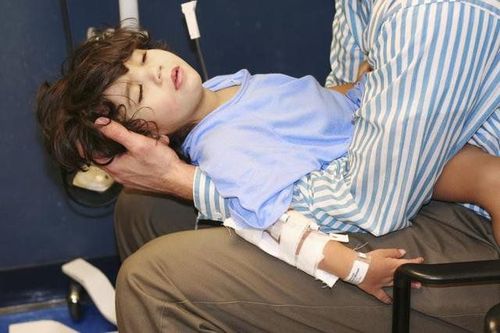
4. Is epilepsy in children curable?
Most children with epilepsy will live full and long lives. However, although very rare, there are still cases of infant death when:The seizure is very long (60 minutes or longer). Trauma or drowning during a seizure. Sudden unexplained death in epilepsy (sUDEP). Until now, sudden death in epilepsy is not well understood, but several factors can increase the risk of this phenomenon, for example:
Developmental disorders Stopping medication suddenly Convulsions no controllable Parents do not give the child regular medication Use different types of seizure medicine. The best way to keep your child safe from injury and sudden death from a seizure is to use seizure prevention measures, make sure he or she gets regular medication, and follow your doctor's instructions.
You must take your child to the emergency room right away if he or she:
Has trouble breathing The seizure lasts more than 5 minutes The baby shows pain during the seizure Does not respond to calls from parents after experiencing convulsion for about 30 minutes.
Please dial HOTLINE for more information or register for an appointment HERE. Download MyVinmec app to make appointments faster and to manage your bookings easily.





